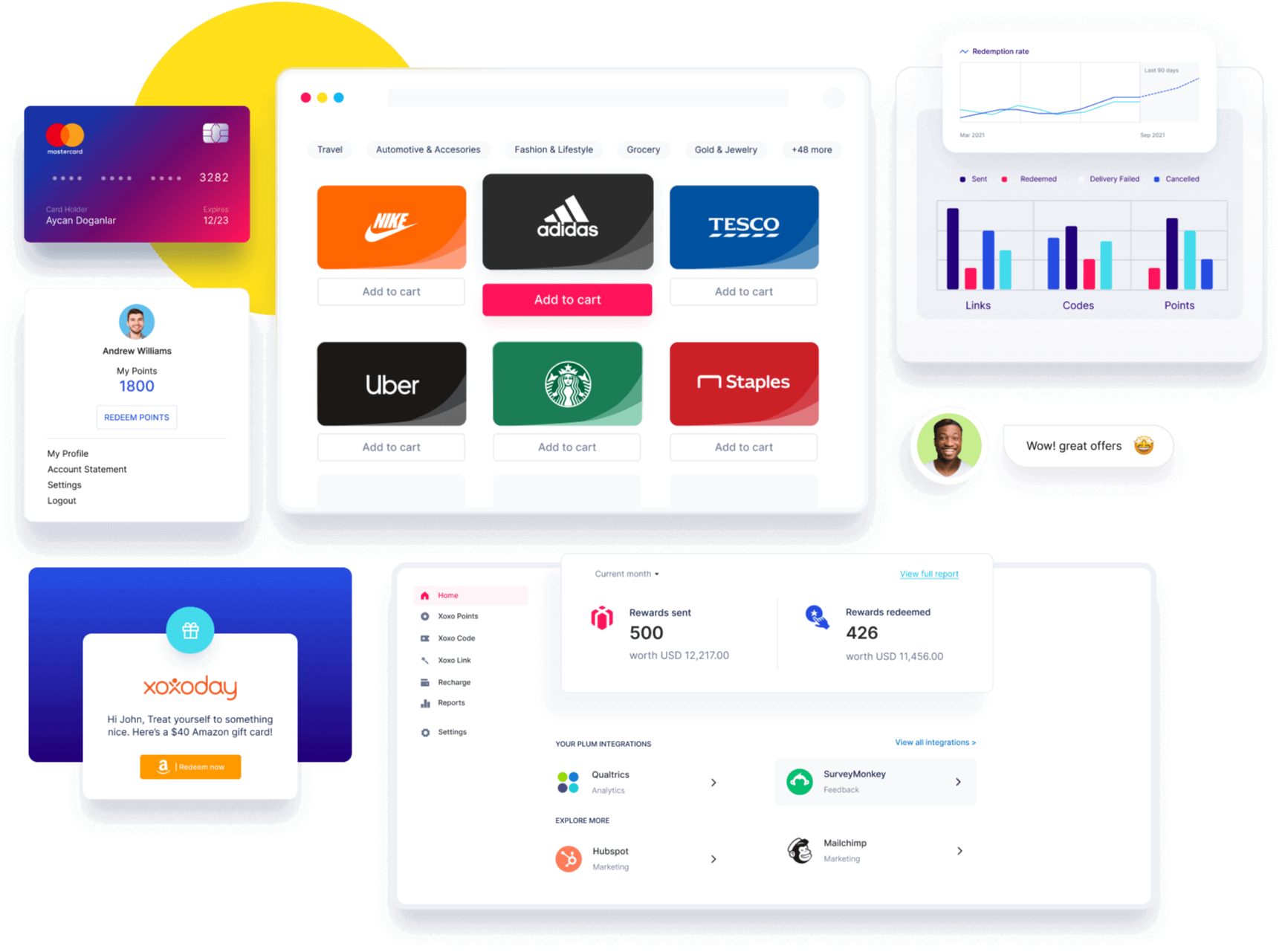4. Analyze team data to correct shortcomings
With technology comes the capability to consolidate data and extract meaningful insights. By carefully examining the data available at each stage, it is possible to uncover performance issues that otherwise are hard to find.
It has numerous advantages as sales reps can have a good idea about where they stand with respect to deals and prioritize accordingly. They can choose to commit to their best case deals or build pipelines to the promising prospects.
By tracking the data closely, it is also possible to catch and fix issues that can have a negative impact on their performance or the business in the long run.
Sales productivity metrics to look at:
- Average time spent on actually speaking with prospects
- Average time spent on manual data entry
- Average time spent on reporting
- Average time spent on sales collateral
- Average time to closing
- Sales deck conversion rate
- Win rate
Any time spent should be geared towards increasing your win rate. This should come as no surprise. So optimizing these metrics could mean an increase or a decrease in average time spent, depending on the metric’s contribution to revenue.
Some of these metrics are easiest to track manually using a sheet or CRM, but it would be wise to look for tools to automate as many of these as you can afford to.
Some CRMs can automate some of these for you, but depending on your work methods and your existing tools you’ll have to research this for yourself.
Storydoc’s own sales collateral management tool can integrate with your CRM (for example Salesforce, Hubspot, and Salesloft) and send automatically almost any information concerning your sales collateral usage and performance directly to your sales CRM.
You can also significantly reduce the average time spent working on sales collateral, and increase just about any deck performance metric you can think of using Storydoc (as our happy clients will attest).
Sales deck conversion rate is usually an overlooked metric because it’s impossible to measure for most companies. But increasing this metric can increase your win rate drastically.
The truth is that sales deck conversion rate can easily be measured, but to do so you must choose to leave PowerPoint behind and move to a web-based sales deck maker that comes with integrated analytics.
Storydoc is a great alternative to PowerPoint, but you also have Pitch.com, Beautiful.ai, and others, though Storydoc’s analytics suite is the most powerful and has been shown to increase prospect conversion rate by up to 2X.
Once a prospect has received your sales deck, you can easily track the deck’s performance to learn important insights and, in time, establish your sales team’s performance benchmarks.
Sales deck engagement metrics you can measure with Storydoc:
- Deck conversion rate
- Average reading time
- Scroll depth
- Most viewed slides
- Number of shares
- Reader geo-location
Based on these you could keep improving your sales deck according to the freshest insights, even after your prospect has viewed it.





